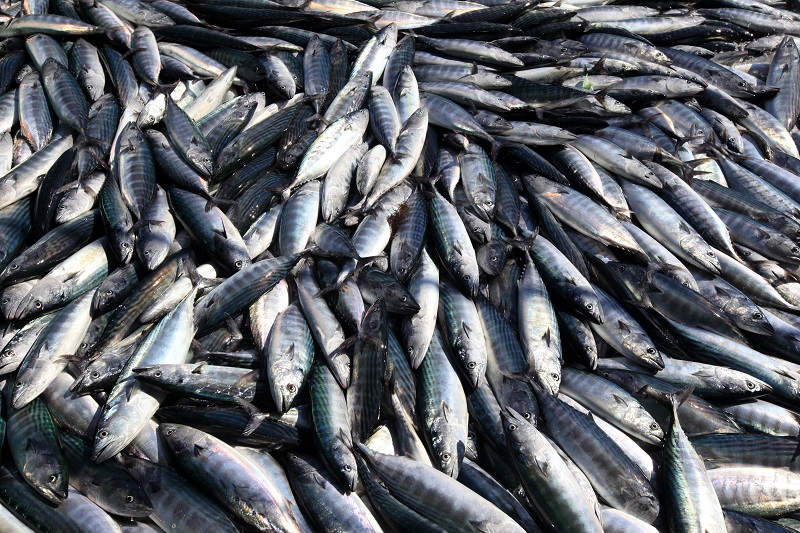
- ARAB NEWS
- 26 Apr 2024

TOKYO: So-called lost bonitos, caught off-season, are increasingly drawing attention as a wintertime delicacy in Japan, with their prices rivaling domestic natural bluefin tunas.
While bonito is usually caught in spring and autumn in Pacific waters off the northeastern prefecture of Miyagi and Chiba Prefecture, eastern Japan, the special lost bonitos are found in winter and unloaded at ports on the Sea of Japan side, such as those on Sado Island in the central prefecture of Niigata and in the city of Himi in neighboring Toyama Prefecture.
According to researchers, there seem to be schools of bonito that get "lost" and swim into the Sea of Japan from waters to the south of the Kyushu southwestern main island of Japan.
Only small amounts of lost bonitos are caught, and the volume of shipments to the Toyosu major wholesale food market in Tokyo is lower than 10 pct of that for on-season bonitos.
Wholesale prices are jacked up compared to on-season bonitos as a result, with some caught in late November and later fetching over 7,000 yen per kilogram, roughly on par with those of bluefin tuna from Oma, Aomori Prefecture in northeastern Japan. Waters off Oma are known as one of the best fishing grounds for tuna in Japan.
"The high quality of their flesh is becoming well known, so they now sell out quickly," a Toyosu wholesaler said of lost bonitos.
"The meat is fatty, and the sweetness is strong," Ryujiro Nakamura, owner of the Sushi Ryujiro high-end sushi restaurant in the Minami-Aoyama district in Tokyo, said. The restaurant buys lost bonitos through an intermediate wholesaler.
Nakamura's restaurant offers lost bonito sashimi, or sliced raw fish, lightly soaked in a soy sauce-based sauce as part of a 25,000-yen-or-more chef's choice course. "Our customers love it," he said.
"It is used for our 30,000-yen course, and it is as popular as the fatty tuna and sea urchin," an official at a sushi restaurant in Tokyo's Ginza upscale district said.
At high-class fish restaurant Nezu Matsumoto in the capital's Bunkyo Ward, lost bonito has become indispensable at this time of year. It sells six pieces of sashimi for around 3,000 yen.
"The stickiness of the red meat and the high-quality fattiness on the outer part of the fish are delicious," Hideki Matsumoto, owner of the restaurant, said.
Lost bonitos will be caught also after the turn of the year and will be mainly available or fish lovers in urban areas.
Jiji Press